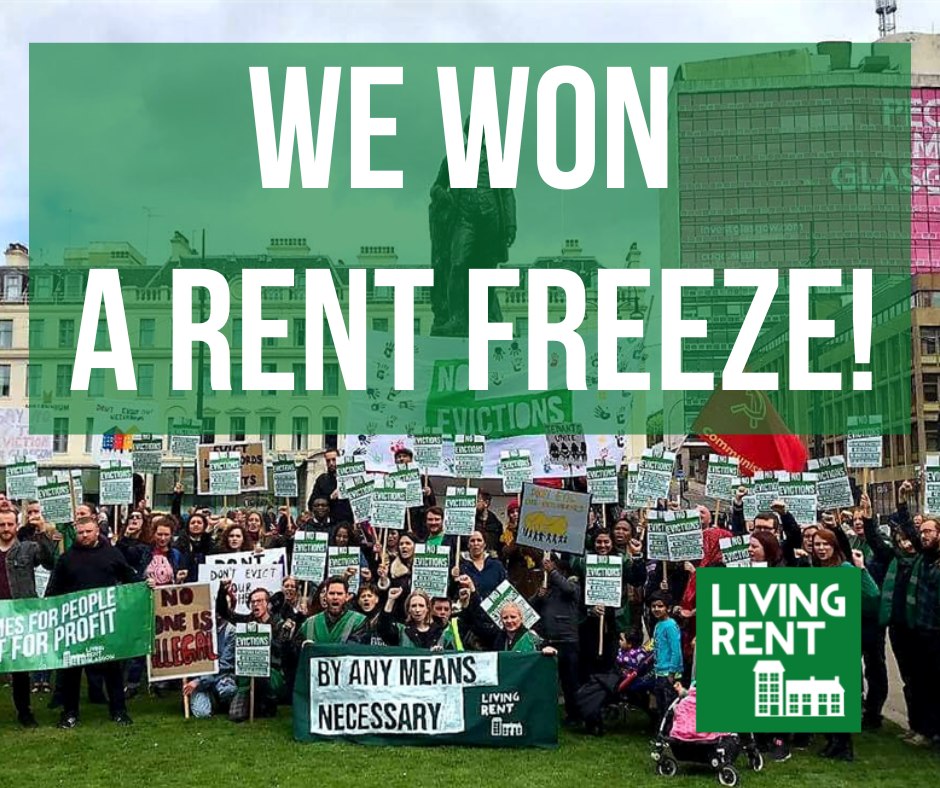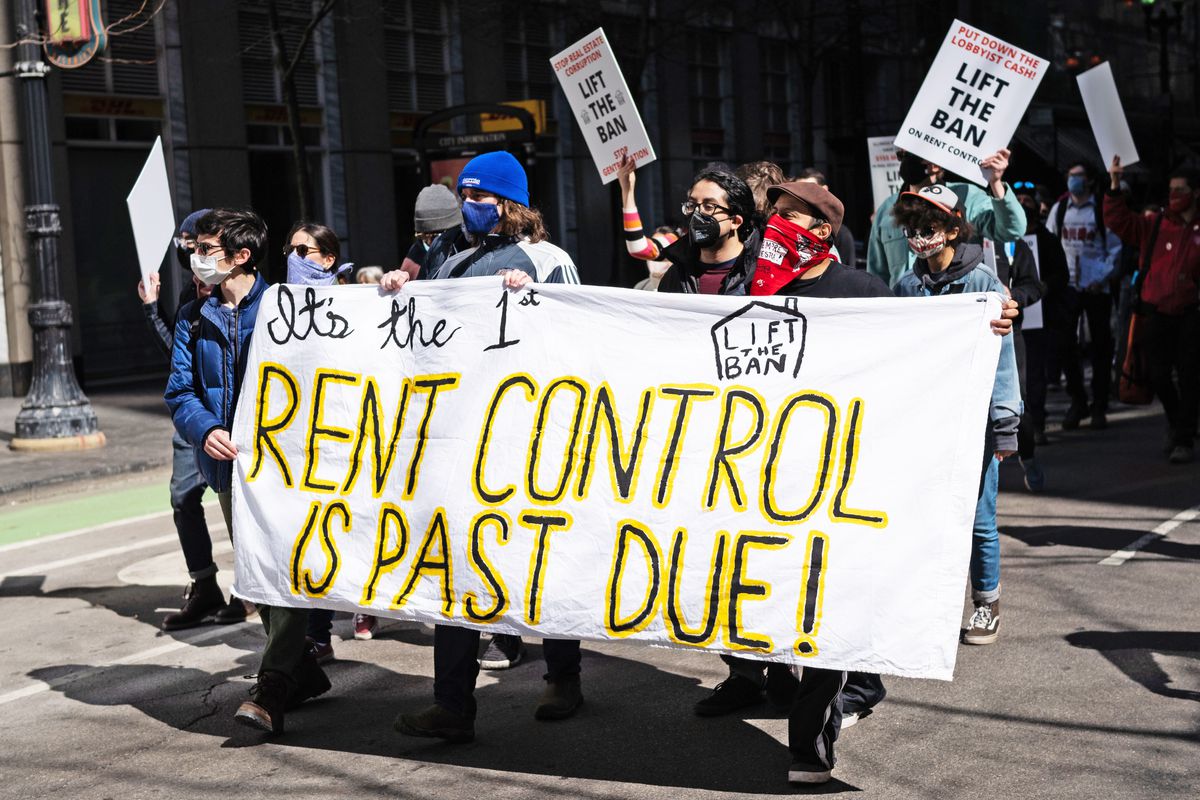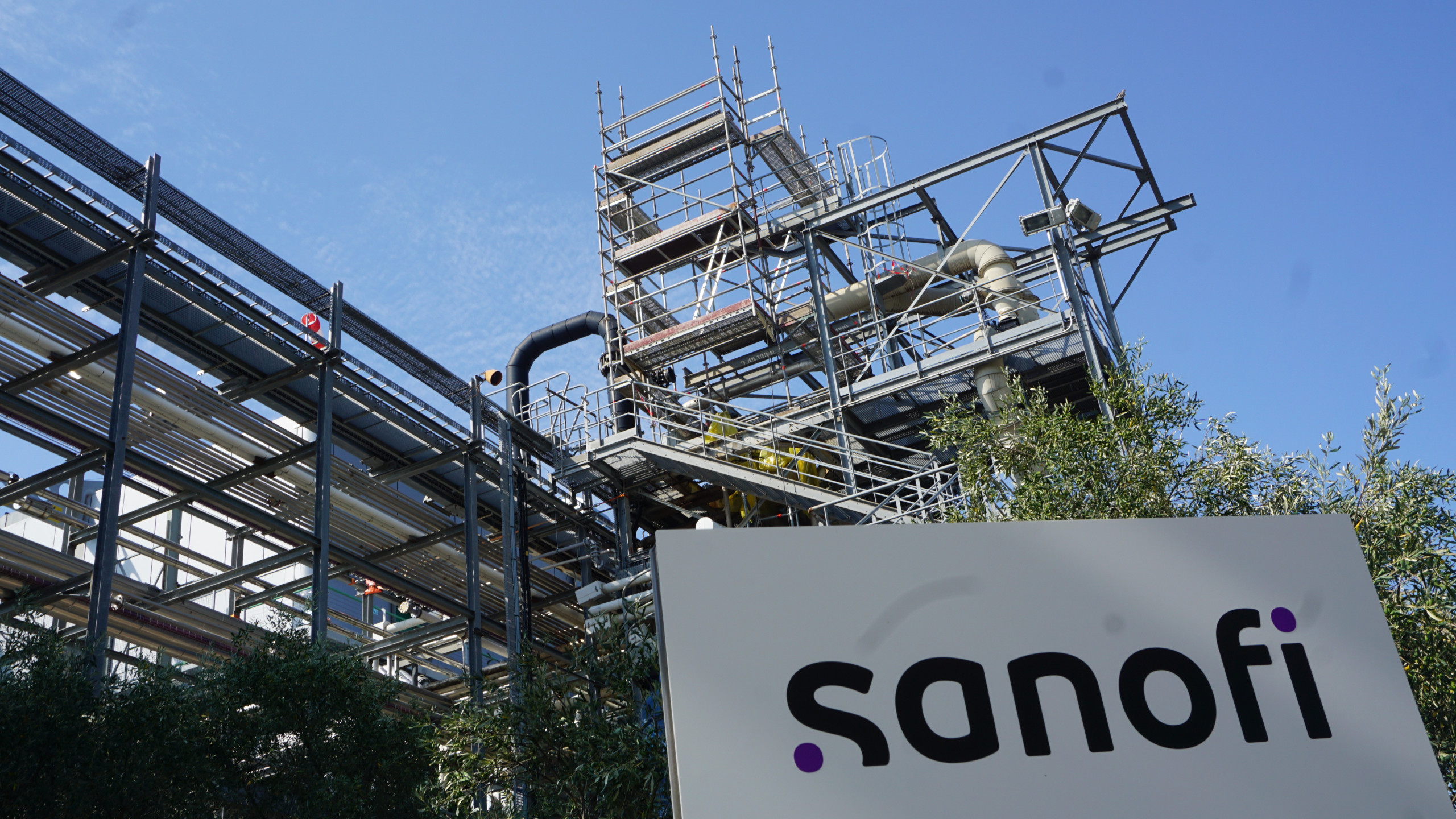€3 Billion At Stake: Housing Corporations Warn Against Rent Freeze

Table of Contents
The €3 Billion Funding Gap: A Looming Crisis
A blanket rent freeze would create a significant financial chasm for housing corporations, potentially reaching €3 billion. This shortfall stems from the inability to generate sufficient revenue to cover operational costs and planned investments. The consequences are far-reaching and deeply concerning.
Reduced Investment in Maintenance and Repairs
A reduced income stream directly translates into cuts to vital maintenance and repairs. This has several detrimental effects:
- Deterioration of existing housing stock: Urgent repairs will be delayed, leading to a decline in the quality and safety of existing homes. This will not only impact tenant satisfaction but also increase long-term repair costs exponentially.
- Increased safety hazards: Postponing critical repairs, such as electrical work or roof replacements, creates significant safety risks for tenants. This could lead to accidents and increased liability for housing corporations.
- Higher long-term repair costs: Minor issues left unaddressed often escalate into much larger, more expensive problems down the line. Ignoring preventative maintenance will ultimately prove far more costly in the long run.
- Examples of delayed repairs: Imagine essential upgrades like outdated plumbing systems, failing heating installations, or crucial roof replacements being postponed indefinitely – a recipe for disaster.
Impact on New Housing Construction
The €3 billion shortfall will significantly curtail the ability of housing corporations to finance new construction projects. This will have severe consequences for the Dutch housing market:
- Exacerbated housing shortage: A reduced building program will only worsen the already acute housing shortage, particularly for affordable housing.
- Slowdown in affordable housing development: The construction of new social housing units, crucial for low-income families and young professionals, will be dramatically reduced.
- Negative impact on sustainable housing goals: Ambitious plans to build more sustainable and energy-efficient housing will likely be shelved due to the lack of funding.
- Fewer opportunities for first-time buyers: The reduced supply of new homes will make it even harder for first-time homebuyers and young families to enter the property market.
Financial Instability for Housing Corporations
The drastic reduction in income could destabilize housing corporations, triggering a domino effect across the financial landscape:
- Risk of insolvency: Some smaller housing corporations could face insolvency, potentially leading to the sale or liquidation of their properties.
- Inability to meet financial obligations: Corporations may struggle to repay loans and meet other financial obligations, impacting their credit ratings.
- Increased borrowing costs: Decreased creditworthiness will result in higher borrowing costs, further restricting their ability to invest in maintenance and new construction.
- Implications for the Dutch financial market: The instability of housing corporations could ripple through the broader financial market, impacting investors and lenders.
Alternative Solutions to Address Affordability Concerns
Instead of a detrimental rent freeze, focusing on targeted solutions will better address affordability issues while preserving the financial stability of the housing sector.
Targeted Support for Vulnerable Tenants
Instead of a blanket approach, consider measures specifically targeting those most in need:
- Rental assistance and subsidies: Providing financial assistance to low-income households allows them to afford housing without jeopardizing the overall sector's financial health.
- Stricter rent control for specific properties: Concentrating rent control on properties known for excessive rent increases or landlords with questionable practices offers a more nuanced approach.
- Exploration of alternative housing solutions: Investing in social housing initiatives and exploring other affordable housing models are crucial to long-term affordability.
Long-Term Investment in Affordable Housing
A sustainable solution necessitates long-term commitment and investment:
- Increased government funding for social housing: Significant government investment in social housing programs can provide a necessary boost to construction and renovation efforts.
- Incentivizing private sector involvement: Offering tax breaks and other financial incentives can attract private investment in affordable housing projects.
- Streamlining planning permission: Simplifying and expediting the planning permission process for affordable housing projects will reduce delays and costs.
The Voice of Housing Corporations: Understanding Their Concerns
Housing corporations are not simply raising concerns; they are sounding a crucial alarm.
Statements from Key Housing Organizations
Major housing organizations have issued statements unequivocally warning against the potential consequences of a rent freeze. These statements, accessible via their websites and press releases, paint a stark picture of the financial implications. (Links to relevant statements would be included here).
Economic Modeling and Projections
Detailed economic modeling conducted by independent experts supports the €3 billion shortfall claim. Different scenarios have been explored, illustrating the devastating impact a rent freeze would have on the sector's ability to maintain and improve existing housing stock and build new homes. (Detailed data and methodology should be cited here).
Conclusion
A rent freeze, while superficially attractive as a quick solution to affordability problems, poses an existential threat to the Dutch housing market. The potential €3 billion shortfall highlighted by housing corporations should serve as a stark warning. Targeted support for vulnerable tenants, alongside significant long-term investment in affordable housing, offers a far more viable and sustainable path forward. The future of affordable housing in the Netherlands depends on abandoning the damaging idea of a rent freeze and embracing a balanced approach that prioritizes both tenant needs and the financial health of housing corporations. Let's collaborate to develop effective alternatives and build a more sustainable and affordable housing future for all.

Featured Posts
-
 Middle Management A Critical Component Of Effective Organizations
May 28, 2025
Middle Management A Critical Component Of Effective Organizations
May 28, 2025 -
 Ramalan Cuaca Bali Berawan Hanya Beberapa Wilayah Hujan
May 28, 2025
Ramalan Cuaca Bali Berawan Hanya Beberapa Wilayah Hujan
May 28, 2025 -
 Housing Corporations To Sue Minister Over Rent Freeze
May 28, 2025
Housing Corporations To Sue Minister Over Rent Freeze
May 28, 2025 -
 Pirates Lose To Braves Triolos Strong Showing Bullpens Solid Effort
May 28, 2025
Pirates Lose To Braves Triolos Strong Showing Bullpens Solid Effort
May 28, 2025 -
 How The Student Loan Crisis Will Impact The Us Economy
May 28, 2025
How The Student Loan Crisis Will Impact The Us Economy
May 28, 2025
Latest Posts
-
 Le Combat Des Salaries D Amilly Pour Sauver L Usine Sanofi
May 31, 2025
Le Combat Des Salaries D Amilly Pour Sauver L Usine Sanofi
May 31, 2025 -
 Sanofi Inauguration D Un Nouveau Site De Production En France Communique De Presse
May 31, 2025
Sanofi Inauguration D Un Nouveau Site De Production En France Communique De Presse
May 31, 2025 -
 Sanofi L Avenir Incertain De L Usine D Aspegic A Amilly
May 31, 2025
Sanofi L Avenir Incertain De L Usine D Aspegic A Amilly
May 31, 2025 -
 Amilly La Mobilisation Des Salaries Contre La Cession De L Usine Sanofi
May 31, 2025
Amilly La Mobilisation Des Salaries Contre La Cession De L Usine Sanofi
May 31, 2025 -
 Sanofis Chlamydia Vaccine Fda Fast Track Designation
May 31, 2025
Sanofis Chlamydia Vaccine Fda Fast Track Designation
May 31, 2025
